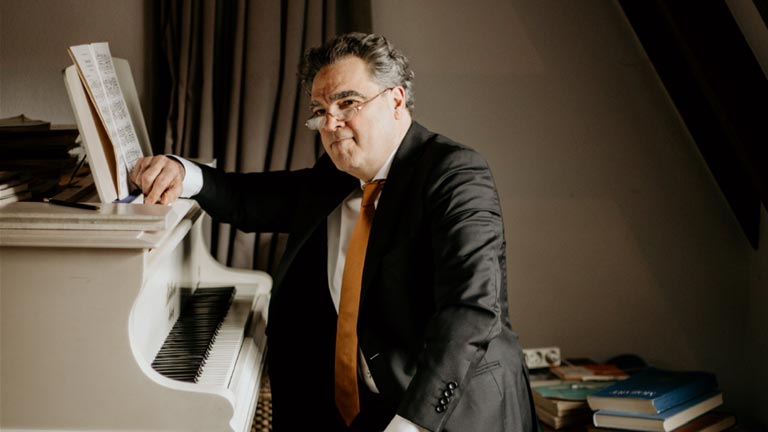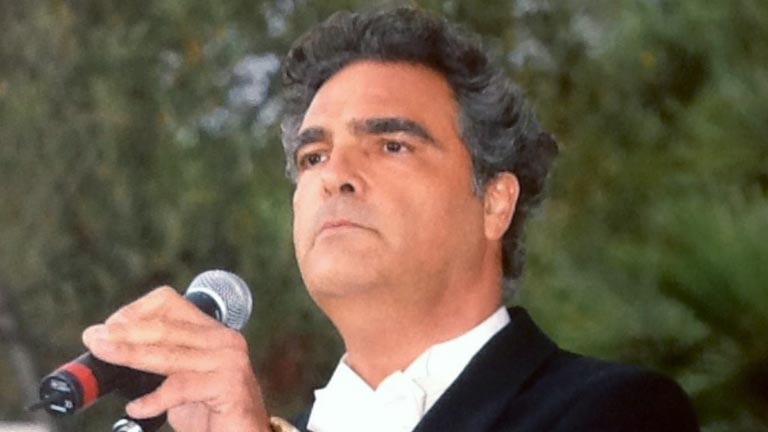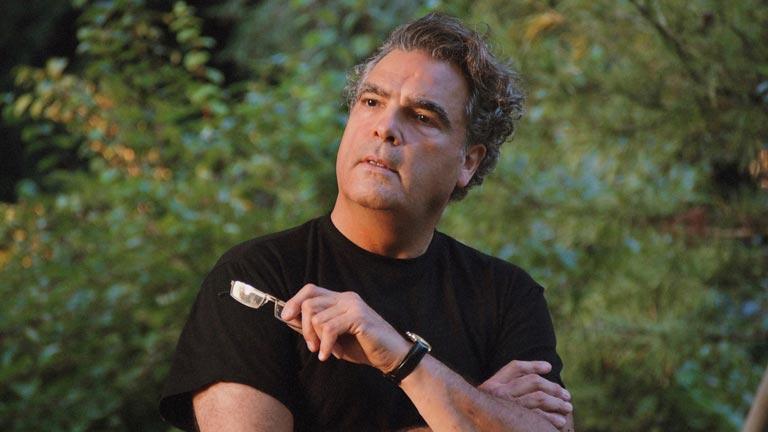The singer
Baritone opera singer Wolfgang Rauch was born in Cologne. After studying economics and political science, he studied singing at the Conservatory in Cologne, graduating with honours, as well as in Italy and France.
Due to his extraordinary talents as a singer and performer, he was engaged as a permanent member of the ensemble of the Deutsche Oper am Rhein in Düsseldorf during his vocal studies and later at the Bayerische Staatsoper in Munich under the direction of Prof. Wolfgang Sawallisch. Sawallisch entrusted him with all the important lyric and cavalier roles.
During this time, Wolfgang Rauch came to the attention of Placido Domingo, who engaged him for his gala concert on the reopening of the Prinzregenten Theater in Munich. The increasing number of requests from Germany and abroad prompted Wolfgang to embark on an international career. He attached great importance to the linguistic aspect of his singing, as he is very familiar with French and Italian, as well as English and Spanish, in addition to his native German.
From his adopted country, France, he has been a guest at most of the world’s leading opera houses: Vienna State Opera, La Scala di Milano, Royal Opera House London, Bavarian State Opera Munich, Hamburg State Opera, Deutsche Oper Berlin, Semper Oper Dresden, Opéra de Nice, Opéra de Monte Carlo, Opéra de Marseille, Theatre du Capitol Toulouse, Oper der Stadt Köln, Neederlandse Opera Amsterdam, Vlaamse Opera Antwerpen. Guest appearances have taken him to the Manuel de Falla Festival in Granada, to Santiago de Chile, to Japan and to concerts at the Accademia Santa Cecilia in Rome.
Based on his experience and his vocal maturity he presents himself today as a dramatic baritone, for example in the roles of Jochanaan, Amfortas, Telramund, Rigoletto, Tonio, Escamillo and Dapertutto, to name but a few.
The singing teacher

A long international career in German, Italian and French singing as well as the musical and scenic work with important conductors and directors gave me deep insights into singing techniques, musical interpretation and scenic work. Animated by teachers like Josef Metternich or Mario Del Monaco from the old Bel Canto school, but also by the more modern functional technique like Michel Grillo-Hart or Richard Miller, I have developed over the decades a technique that uses the knowledge of the old Italian Bel Canto, as well as the “functional technique”.
This knowledge is constantly practiced during my intensive work with my students and the exchange with the N.A.T.S. (National Association of Teachers of Singing) in the USA or also advanced trainings of the Medical Voice Centre of the University Hospital in Hamburg under the direction of Prof. Markus Hess. Since about 80% of the opera and concert repertoire is sung in Italian, German and French, I am fluent in these languages, in addition to English, and I also teach in them.
The Voice Coach

In the course of my long-term collaboration with the speech therapist Gudrun Ayasse in Munich, I developed a voice training model that offers efficient help when one wants to get from speaking to talking.
Speeches at conferences, sales talks or just the joy of a beautiful, deep speaking voice require trained phonation as well as good articulation and diction. As singing can be considered as a specialised form of speaking, I use the breathing technique, the training of the vocal cords and the resonance spaces of classical singing for the speaking voice. For giving speeches, I work with my students to develop an authentic posture, stress management and basic knowledge of rhetoric.
The breathing coach

Posture is everything.
Whether you are singing, talking or speaking, the spine is the central element. To my regret, I have noticed over all these years that people’s posture has gotten worse and worse. We are moving towards what I call “Homo iPhoniensis” and “Homo Computeriniensis”: the neck is bent forward and the body is slumped, exactly the opposite of what is needed to build healthy breathing and voice techniques.
Therefore, in cooperation with doctors and physiotherapists, I developed a concept using different approaches:
- Relaxation through partial massage, perception training and through gymnastics
- Stretching through specific exercises on the neck and head, as well as on the ribcage
- Awareness training of the respiratory muscles
- Breathing rhythm training
- Breathing exercises with auxiliary devices and phonation exercises, as well as stimulating the production of nitric oxide. The respiratory muscles are not only a function for O2/CO2 exchange, but also help with uprightness and posture.
